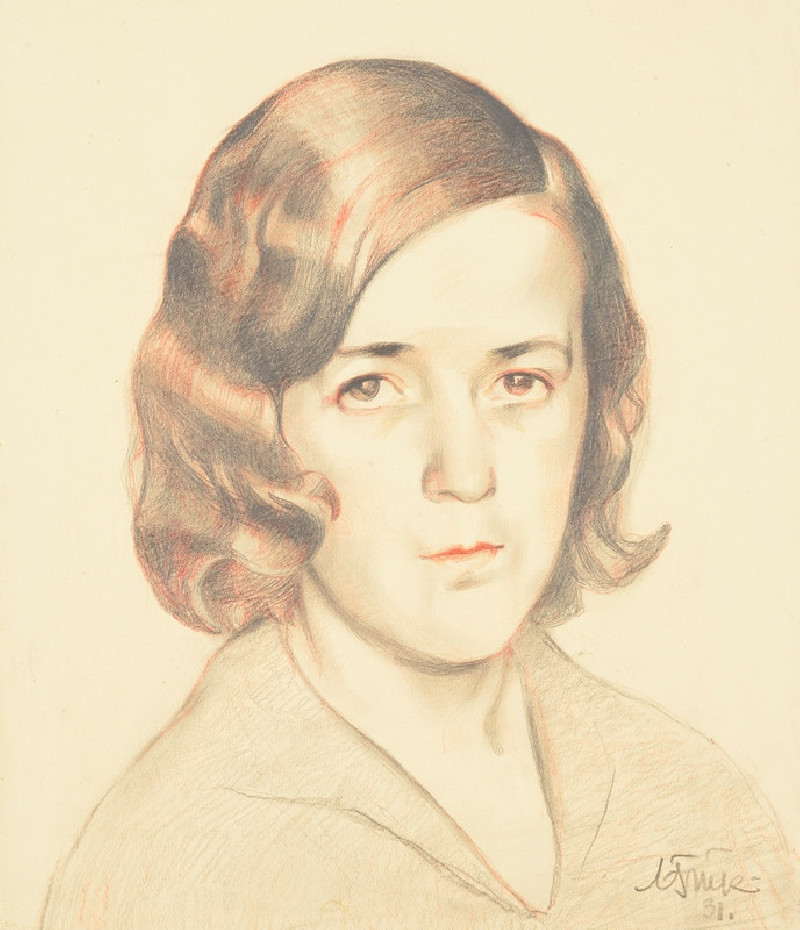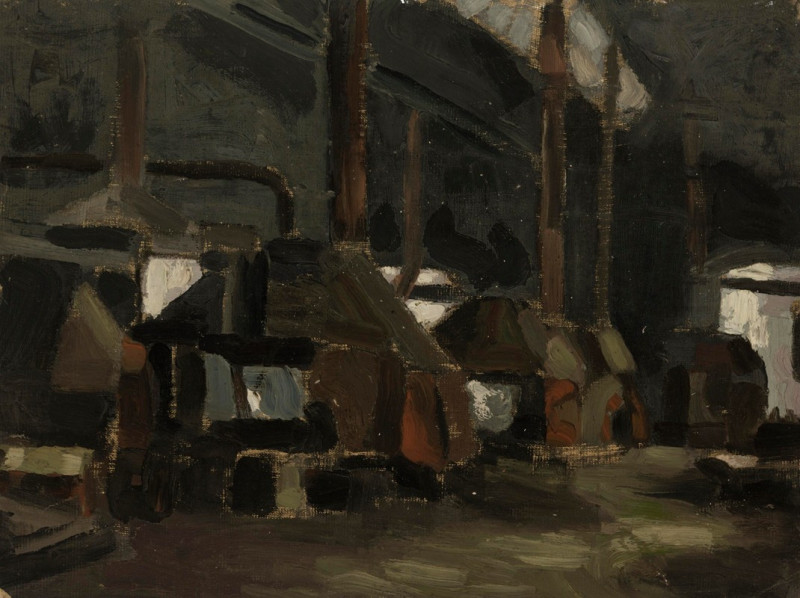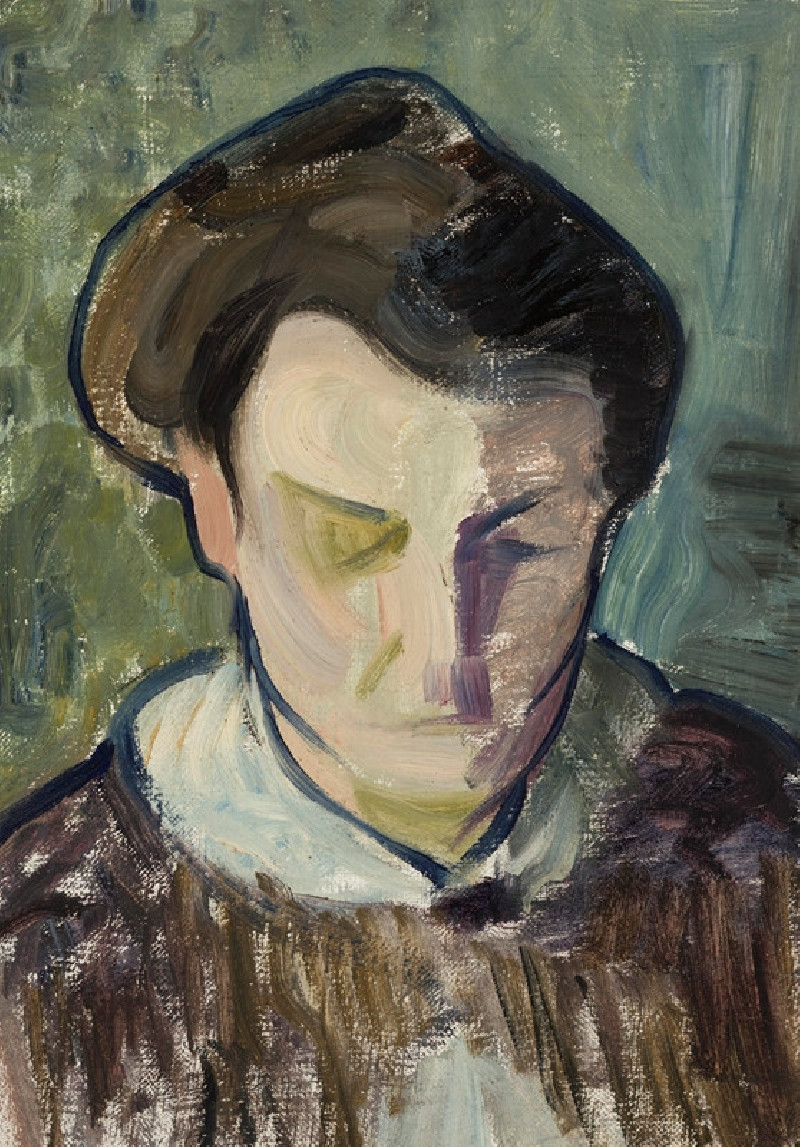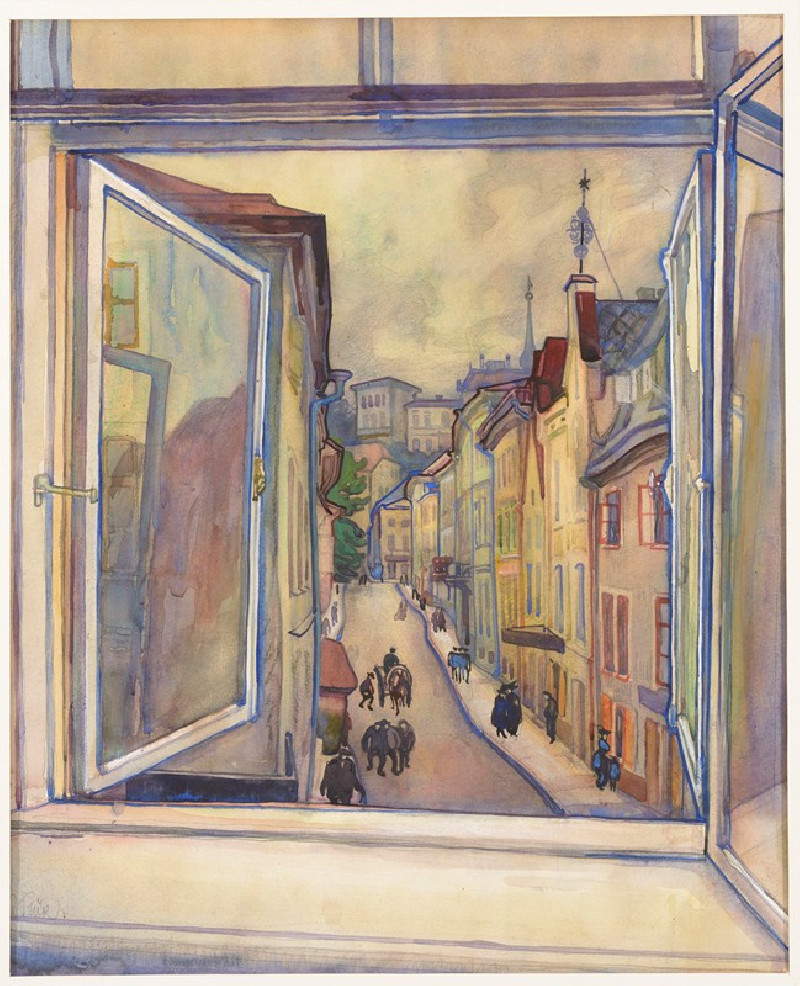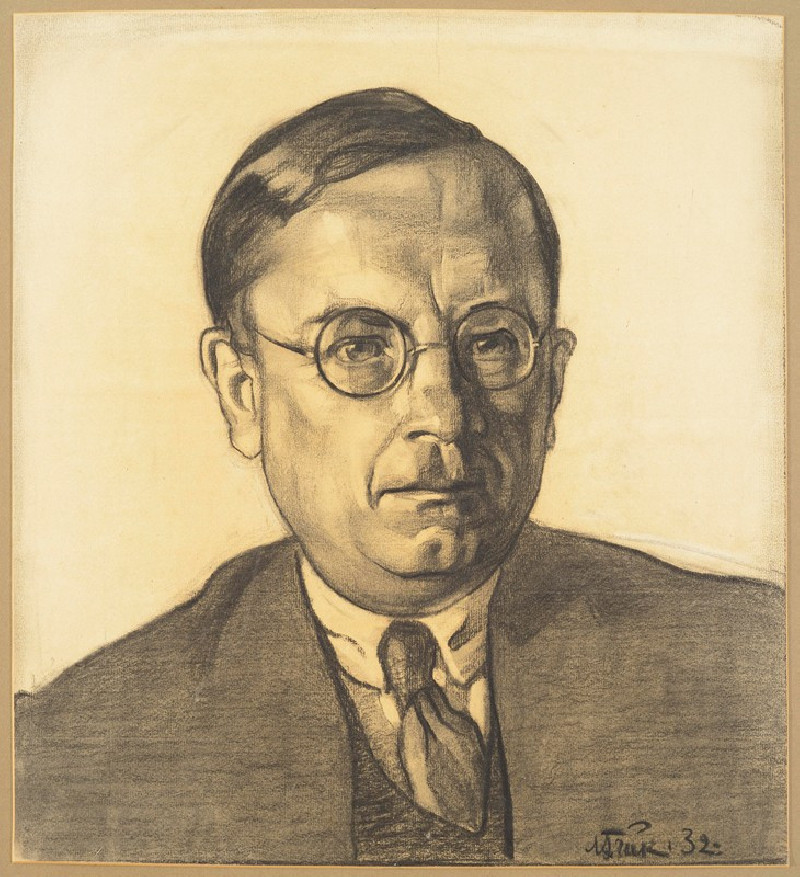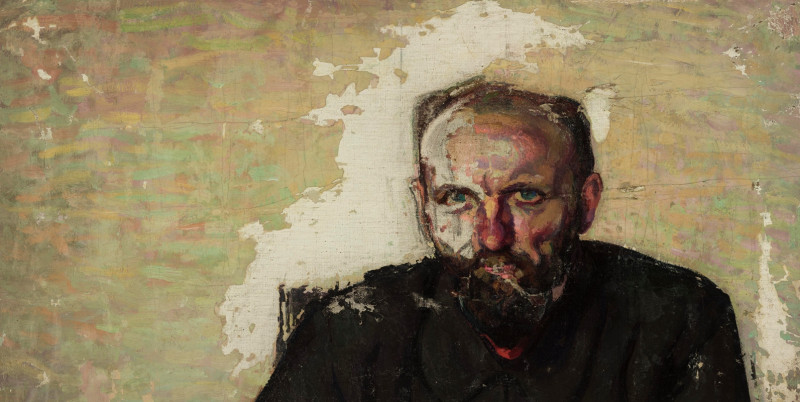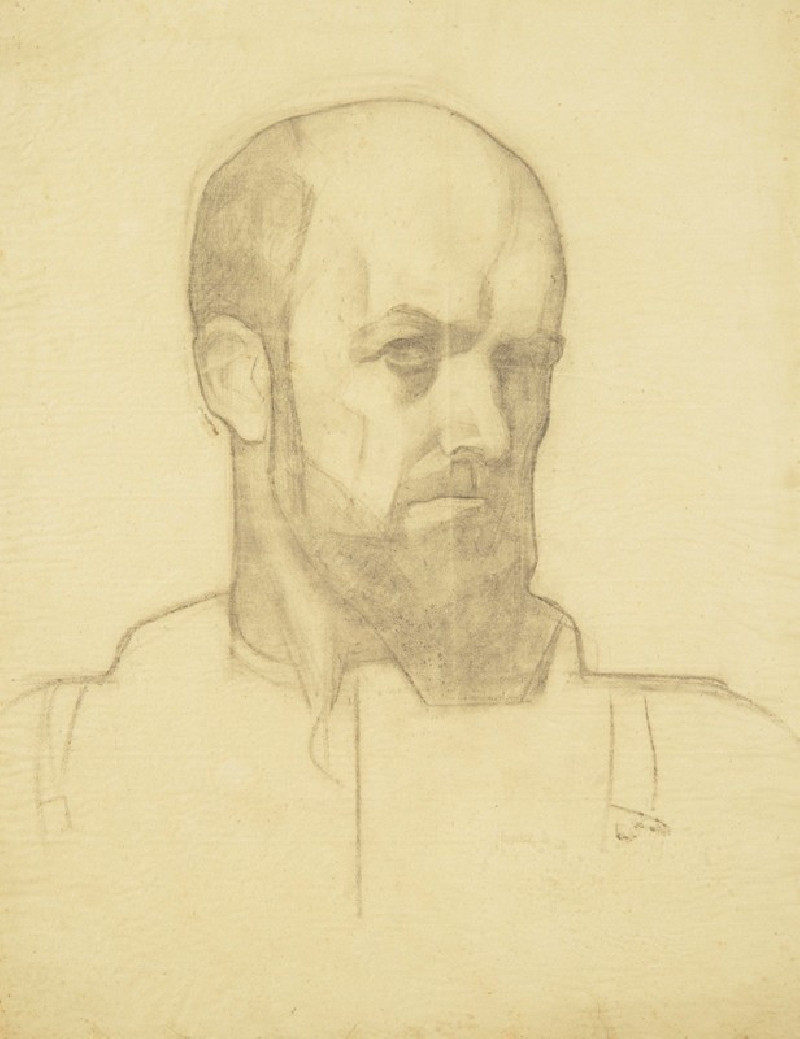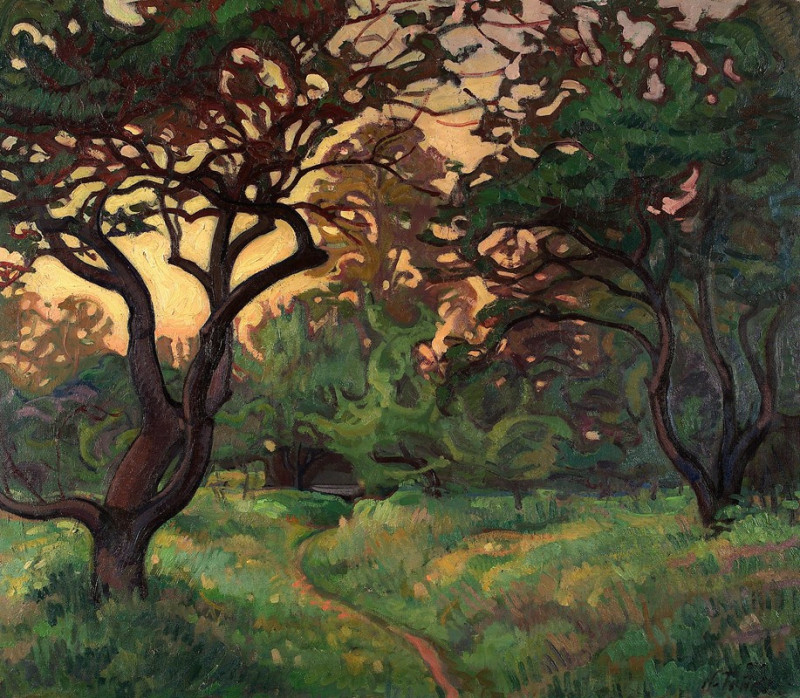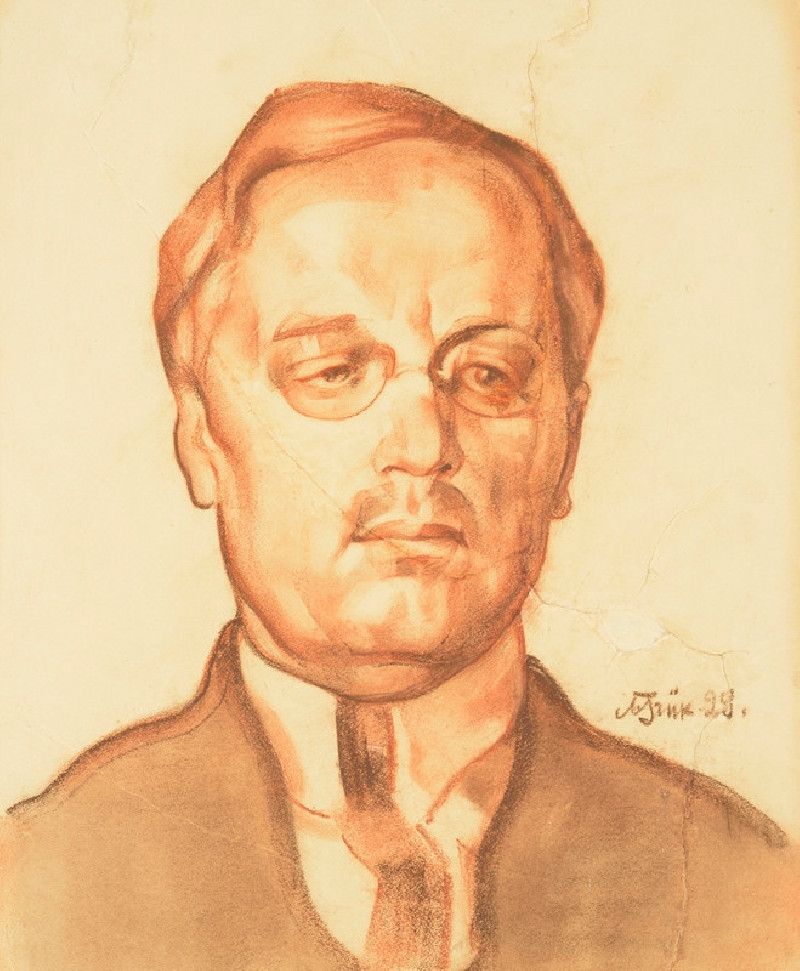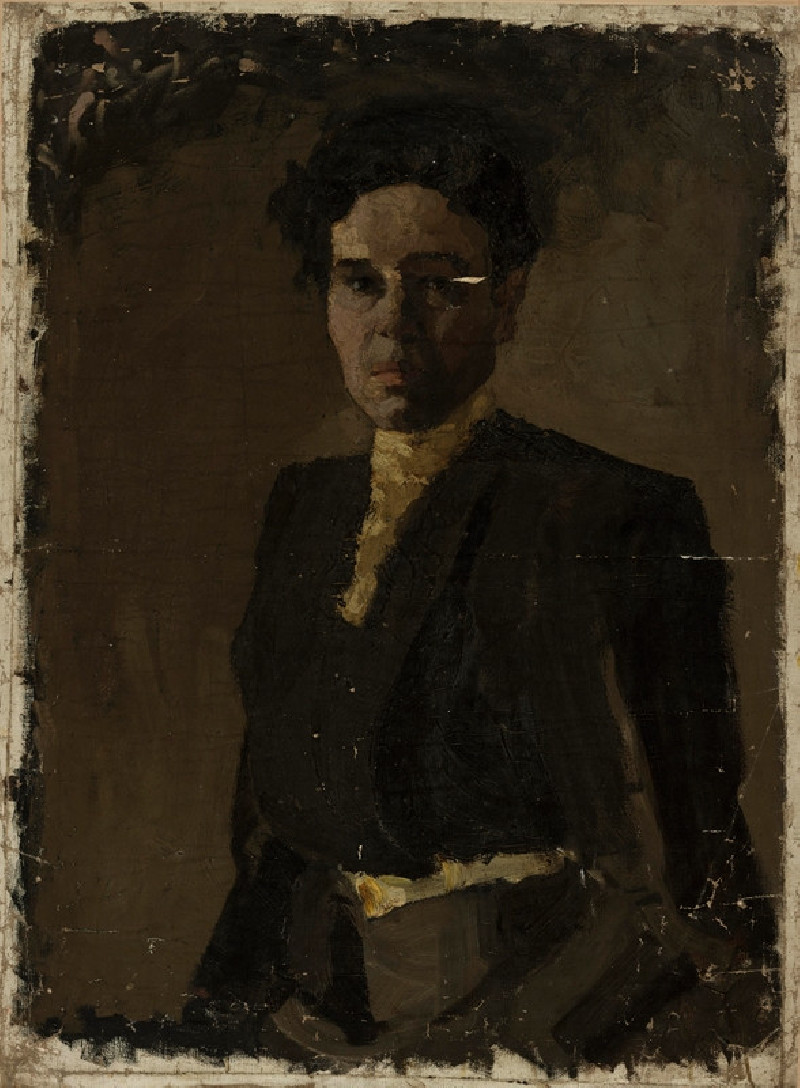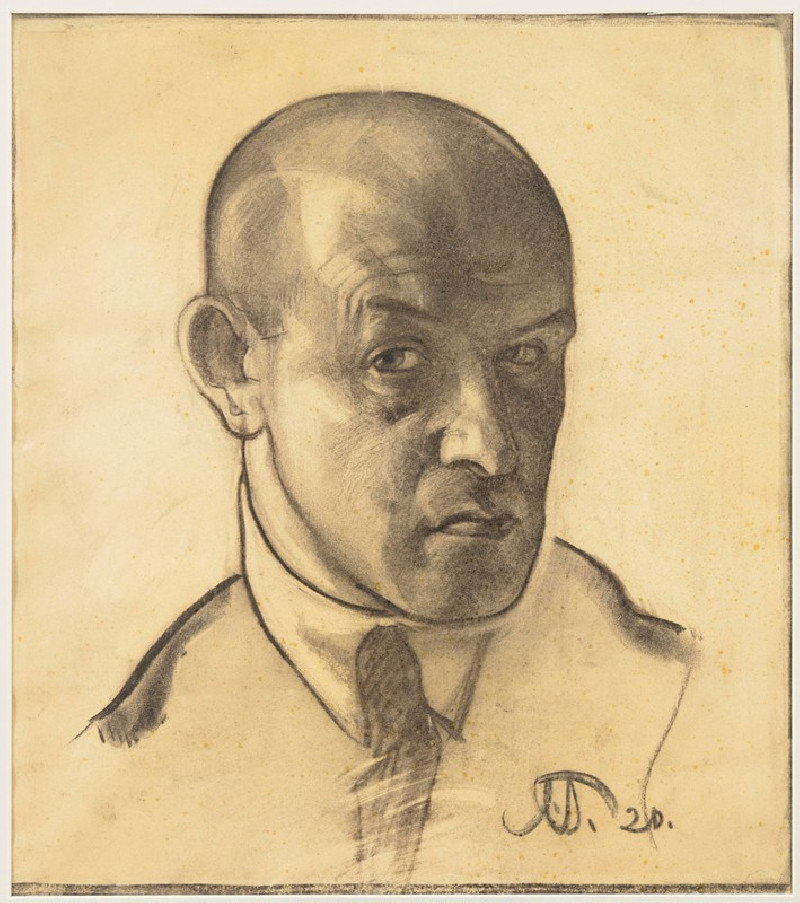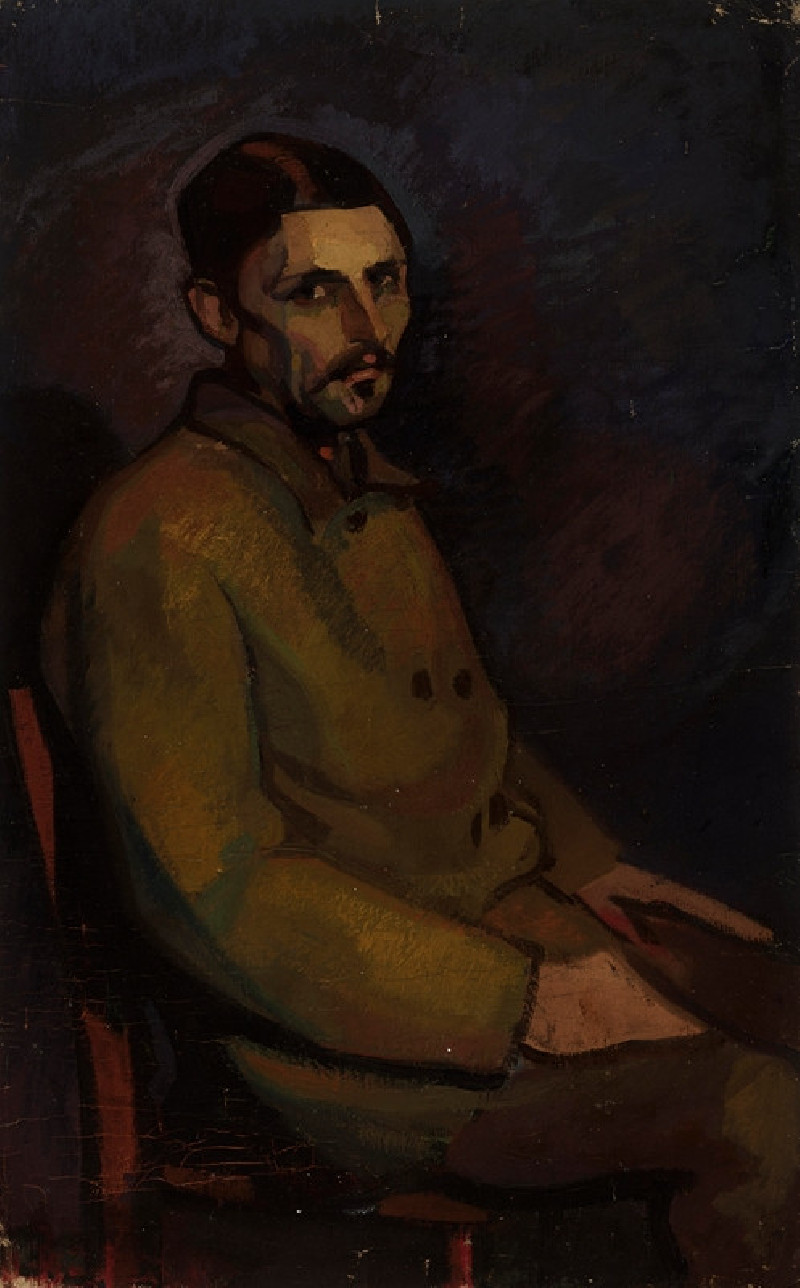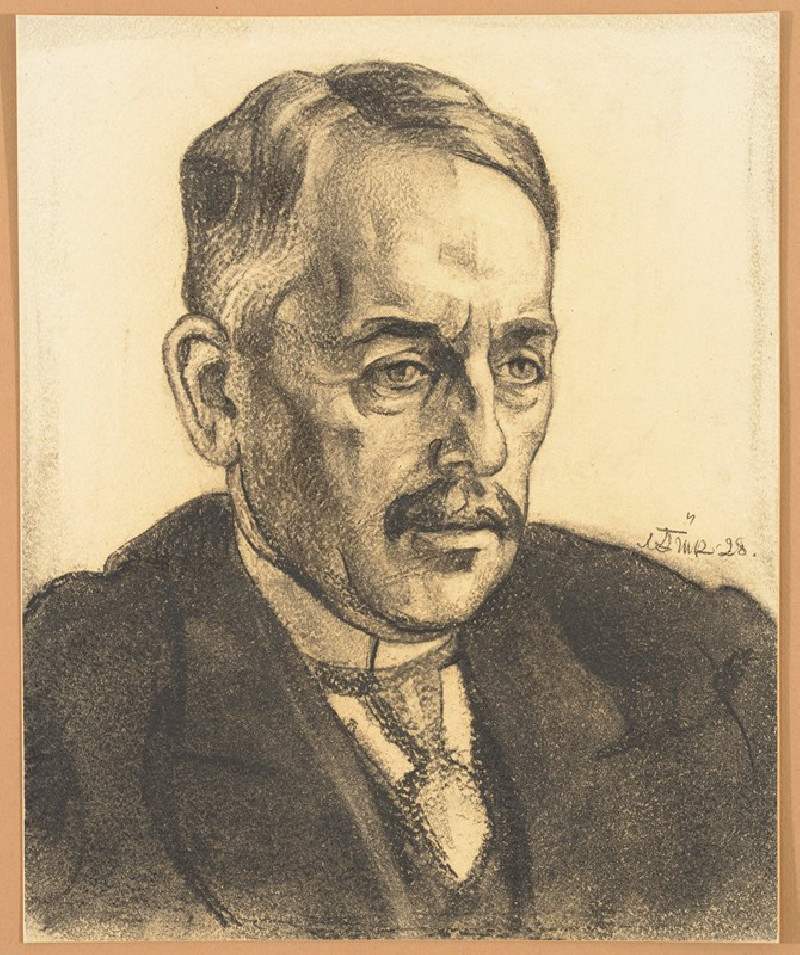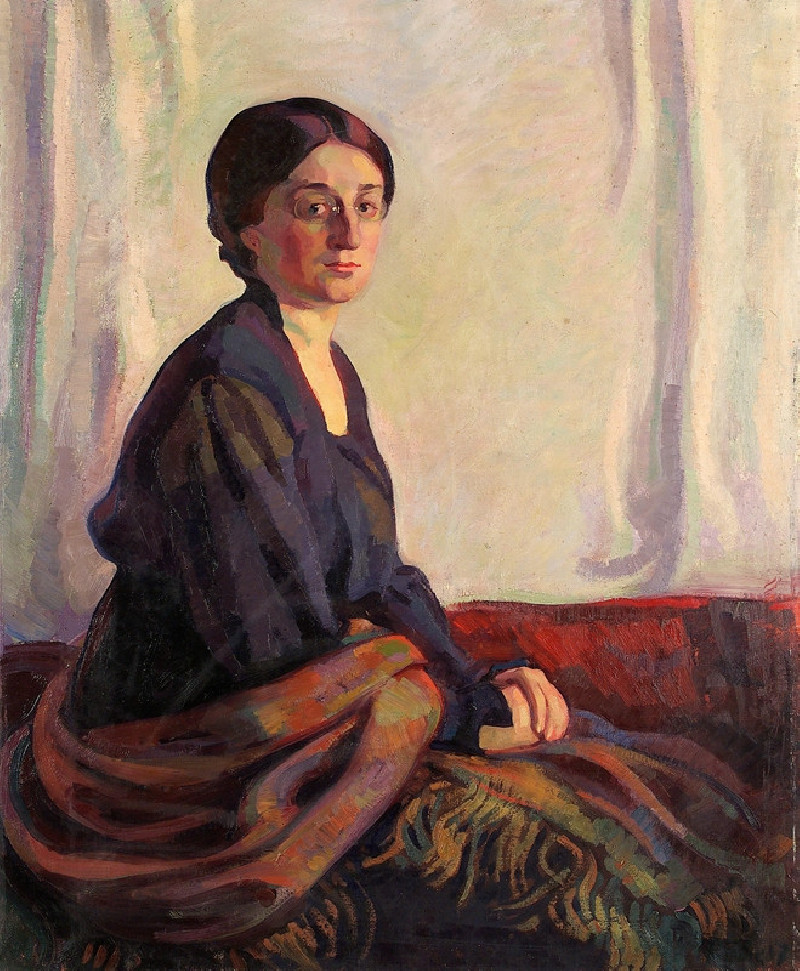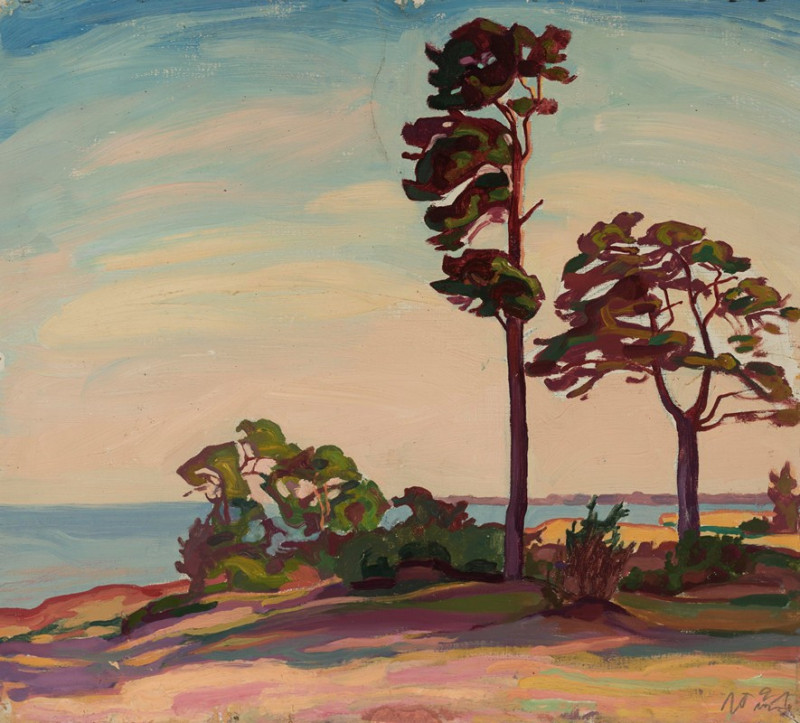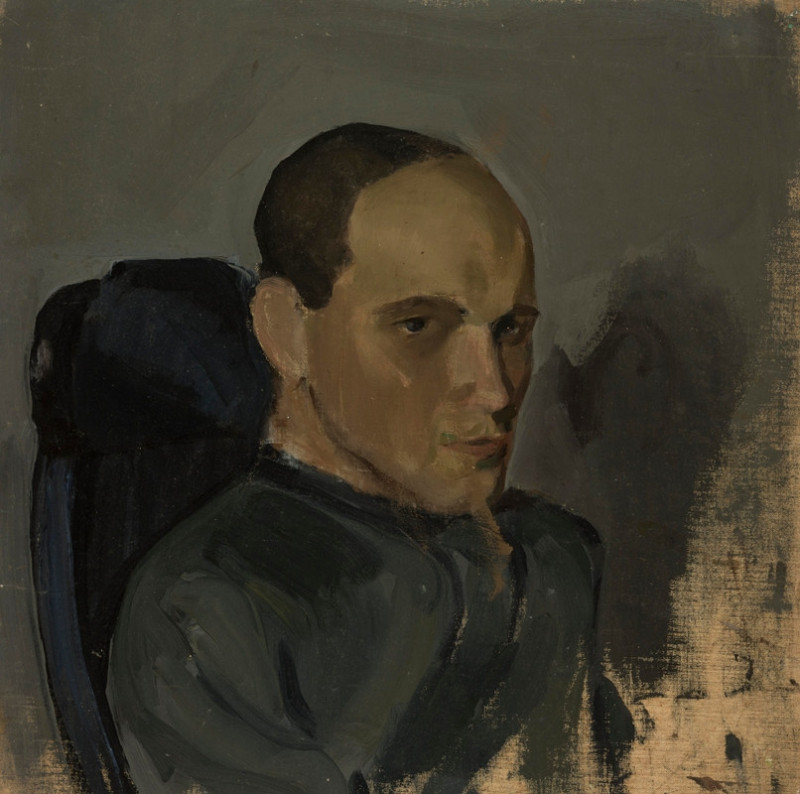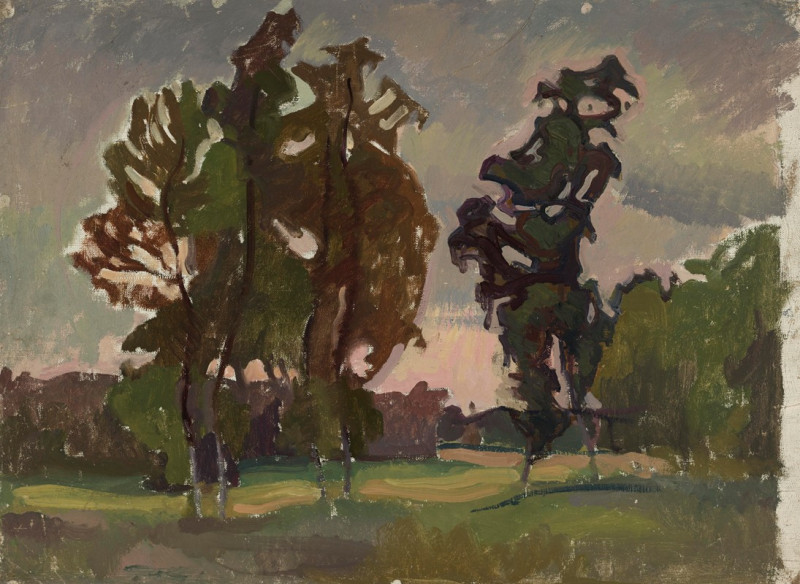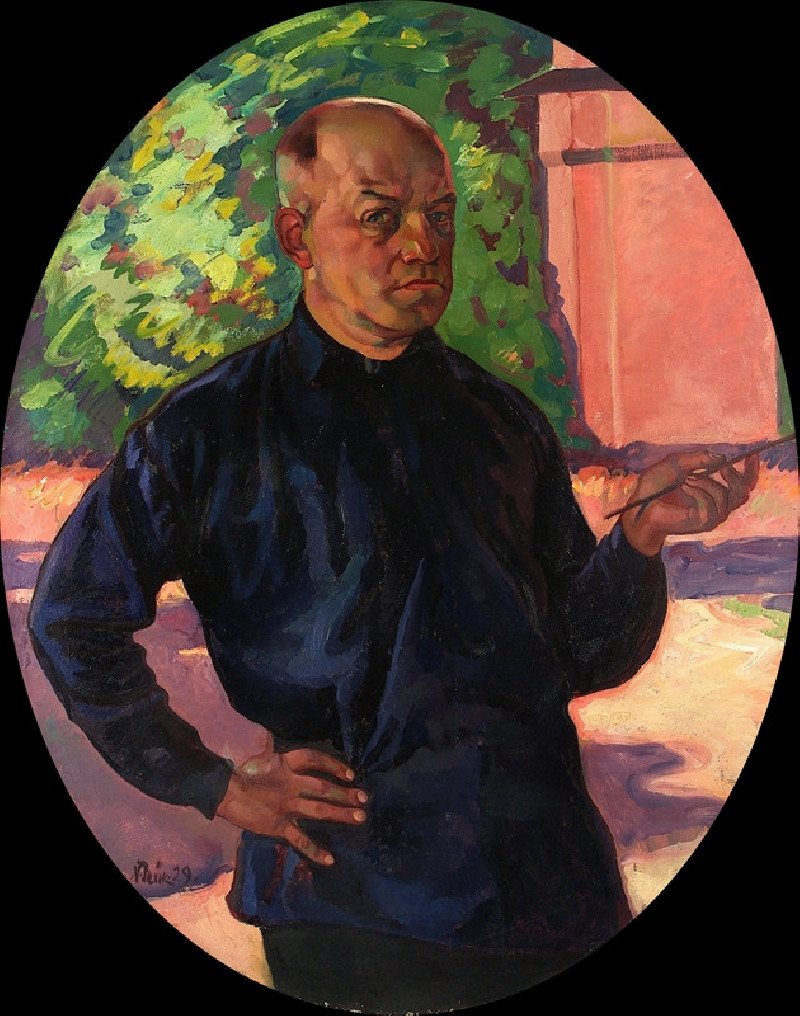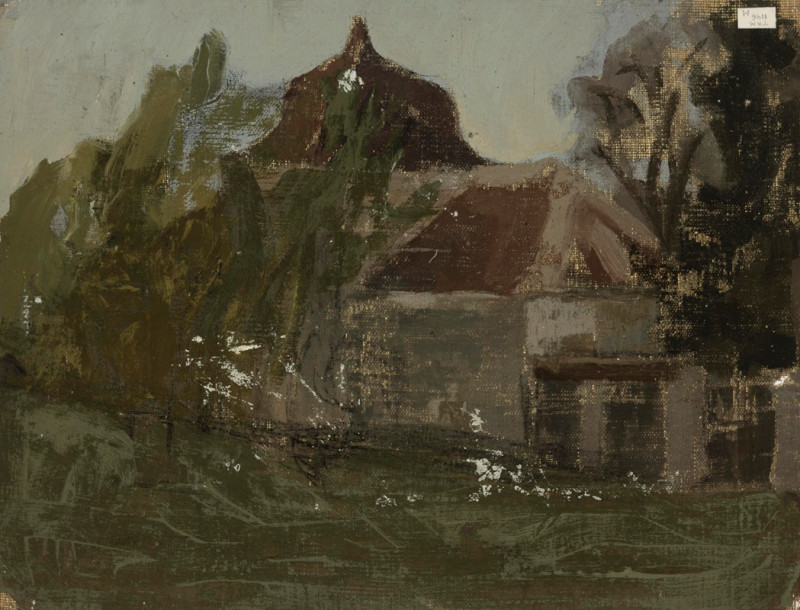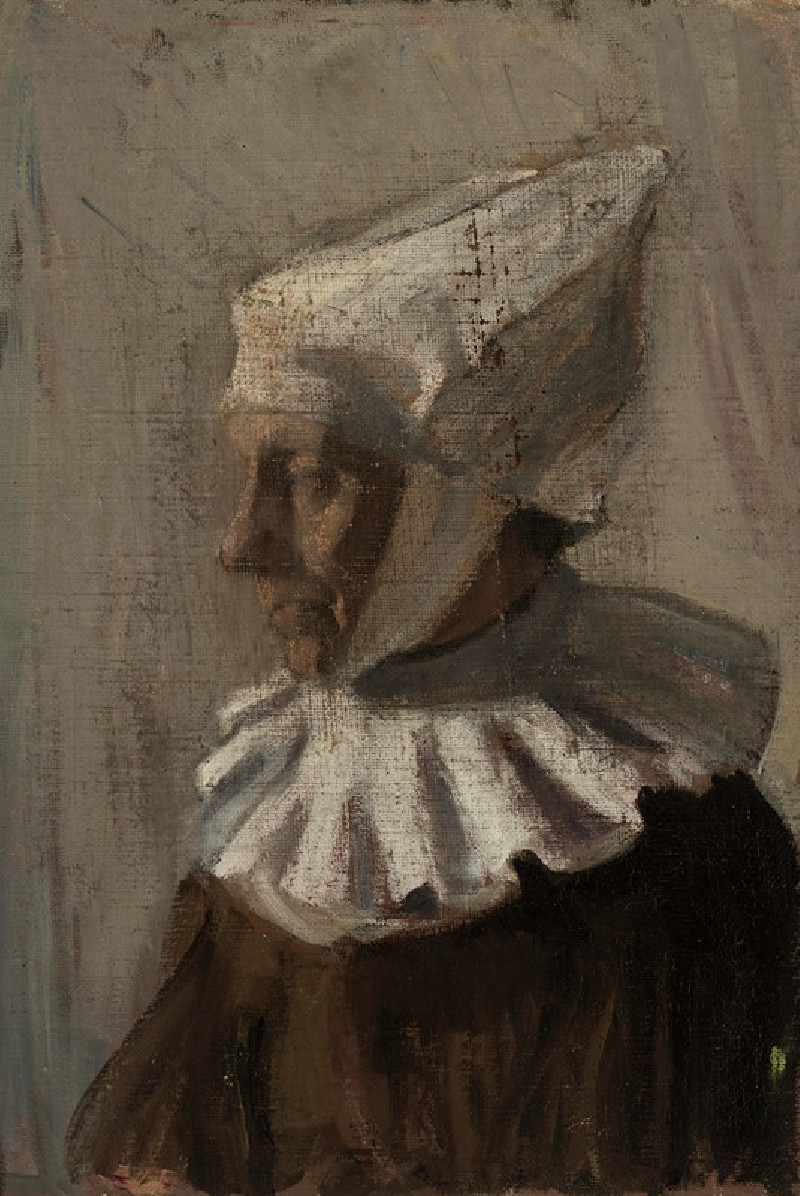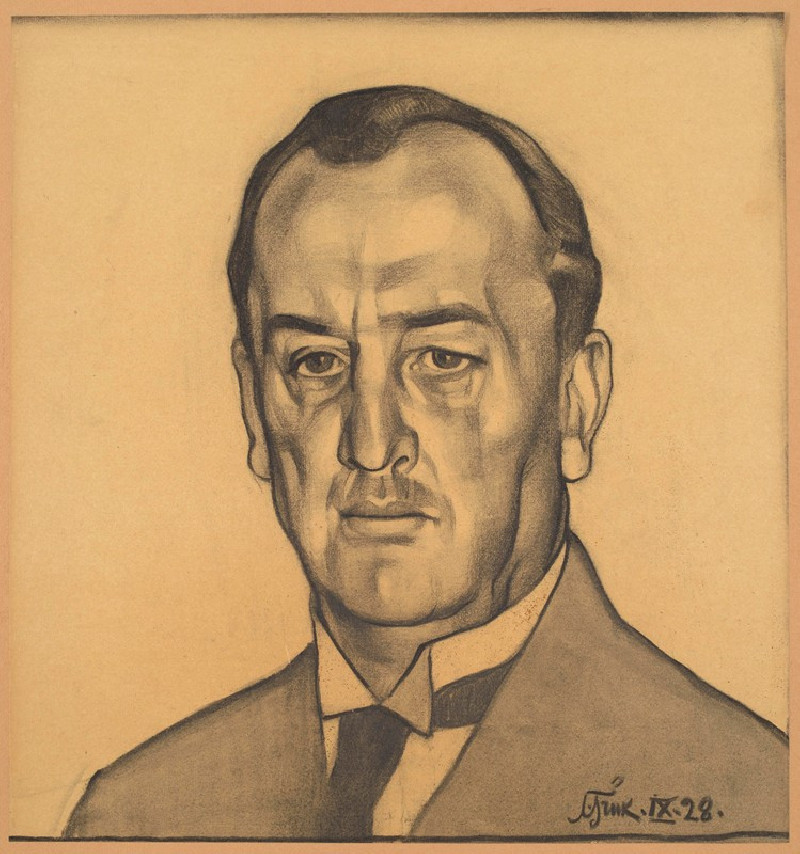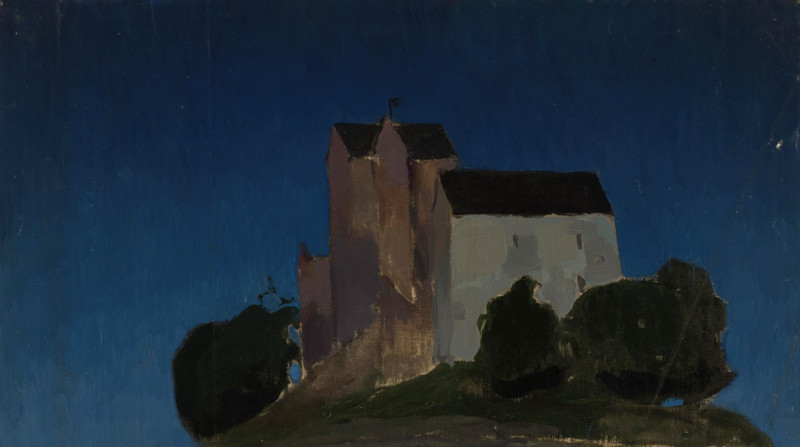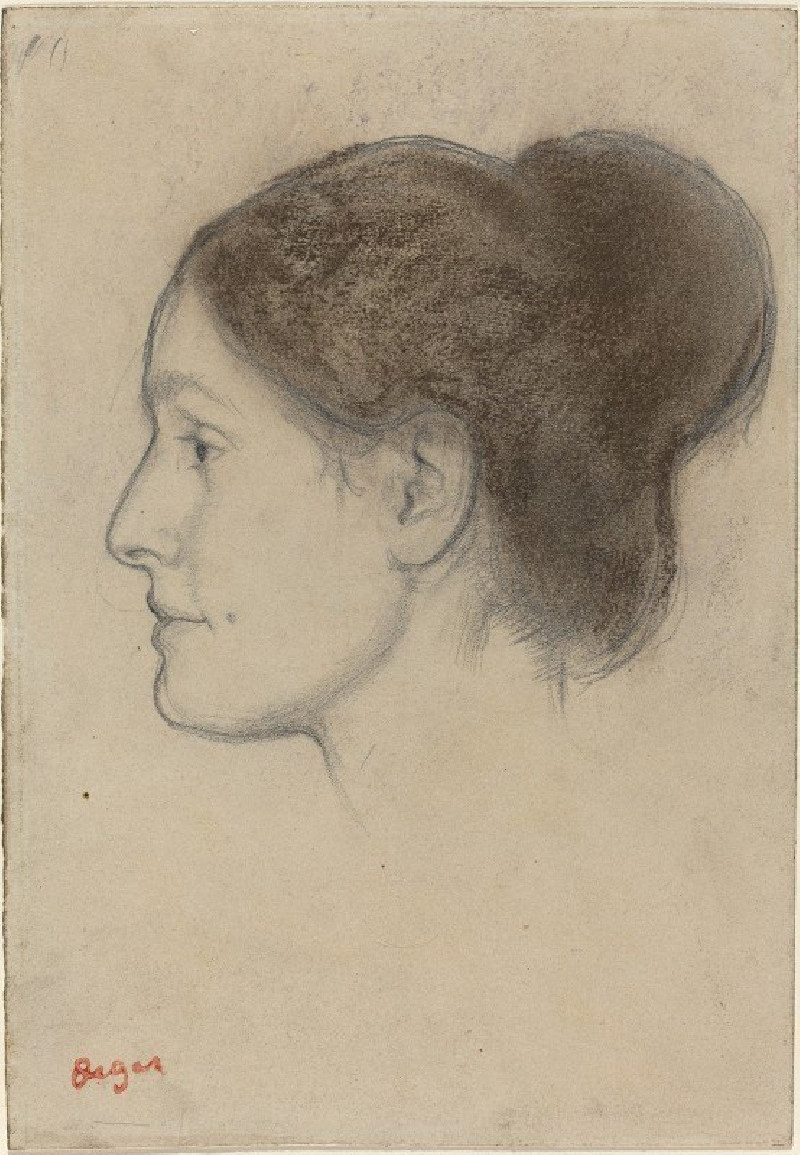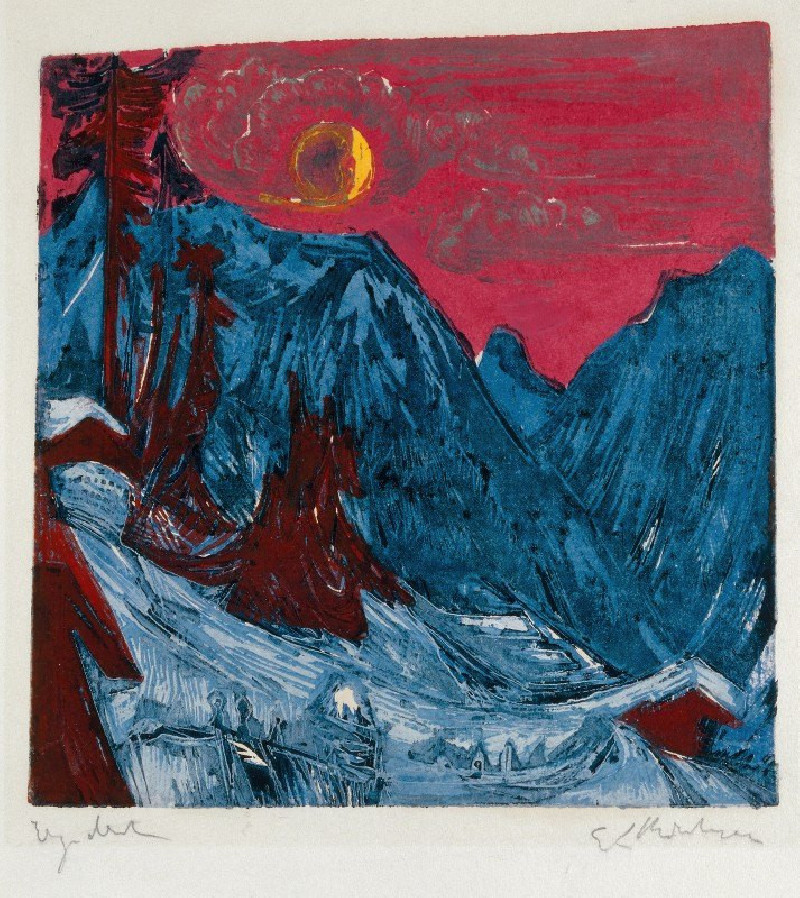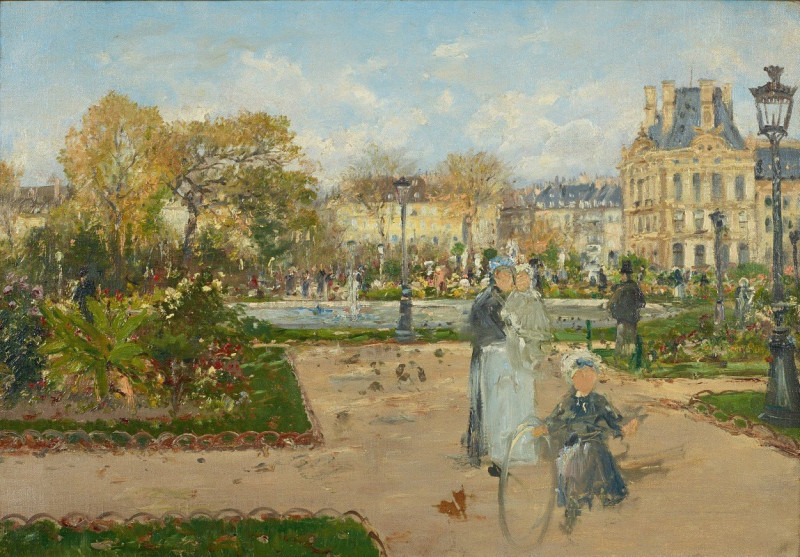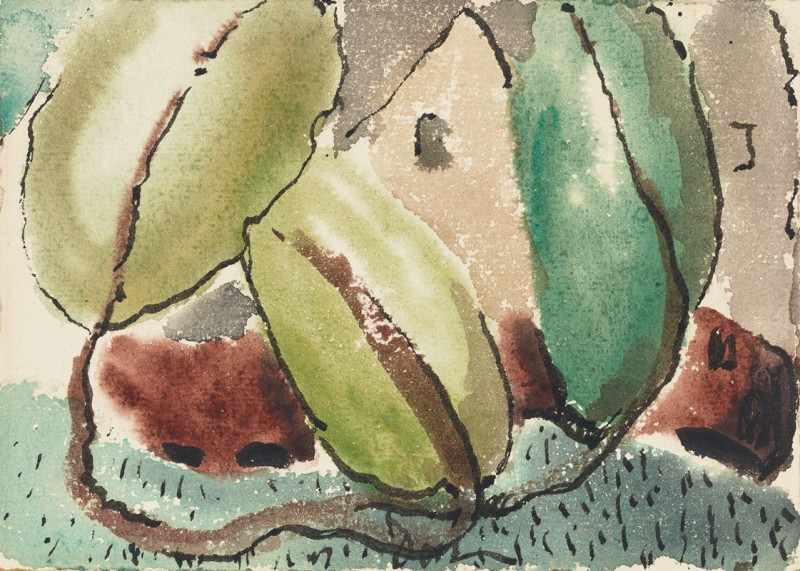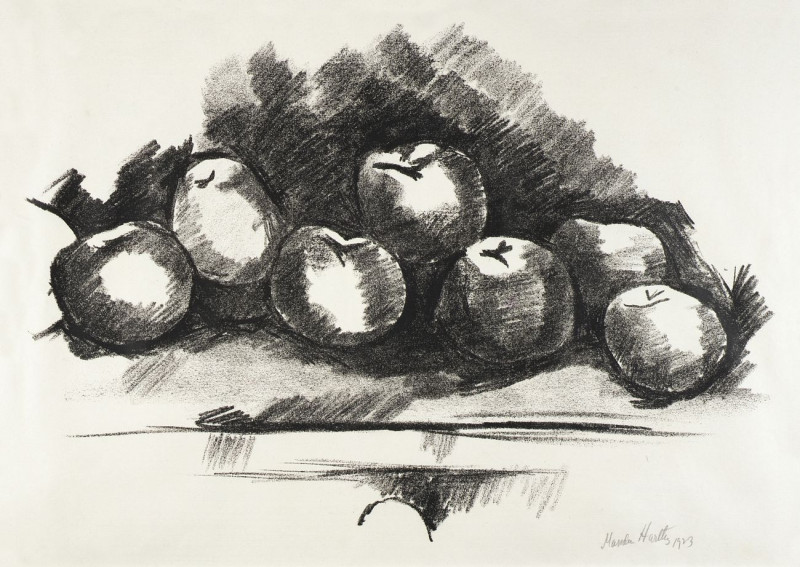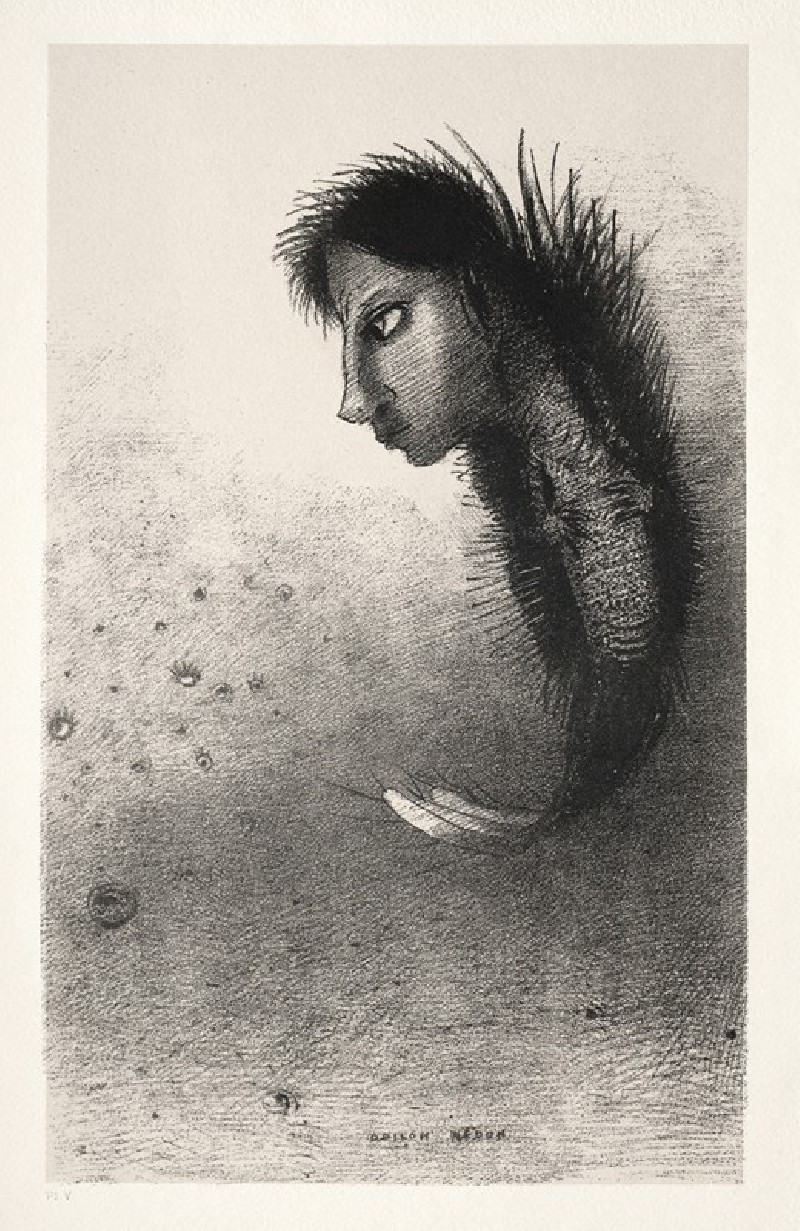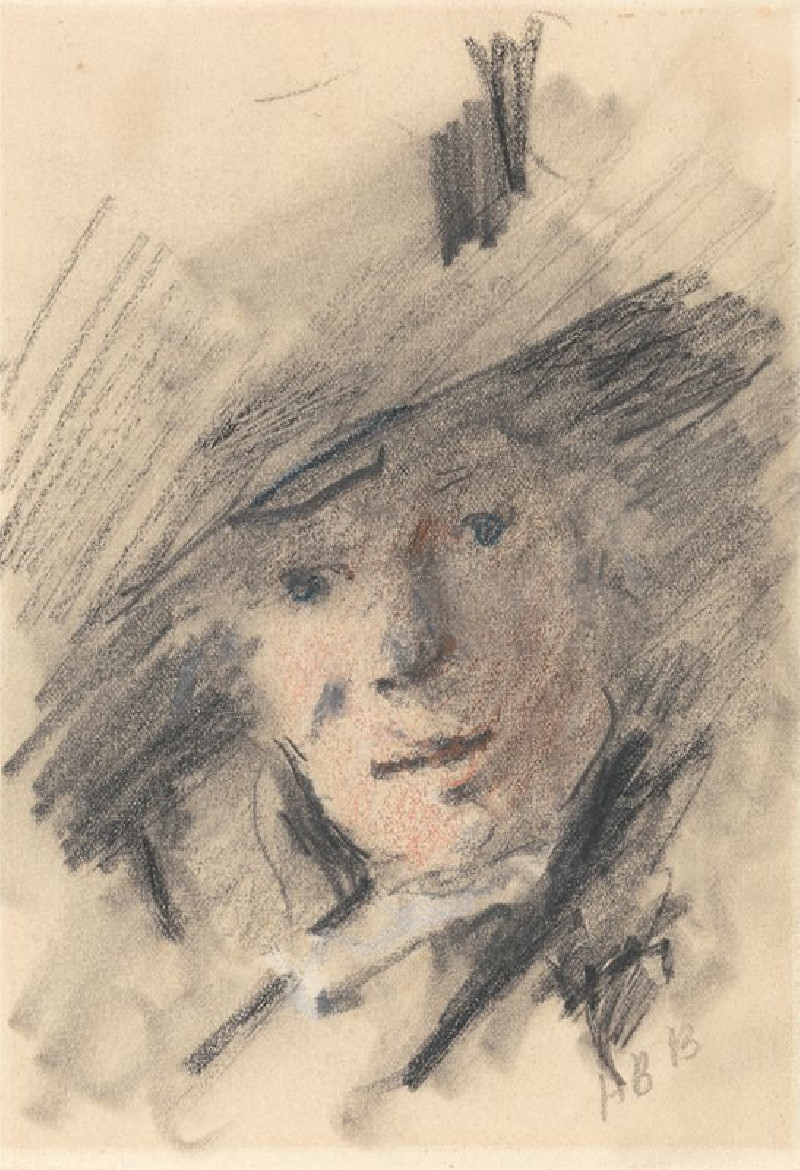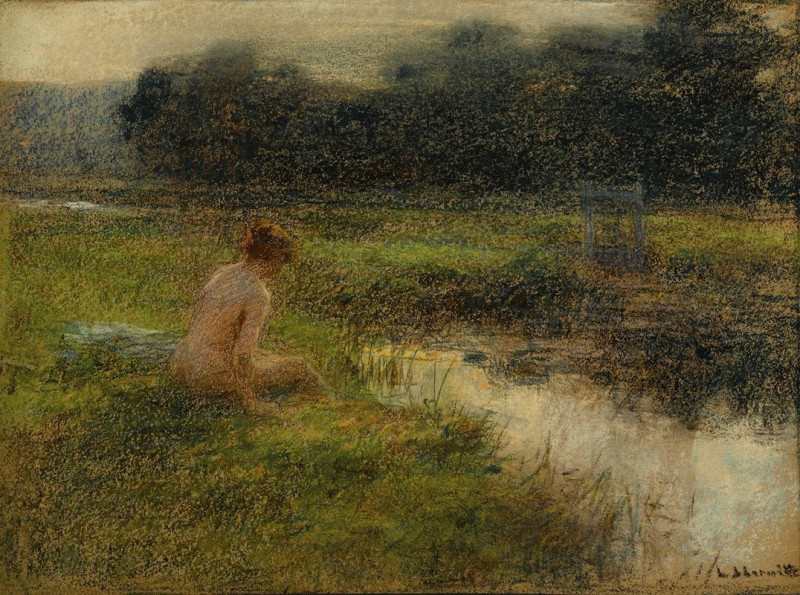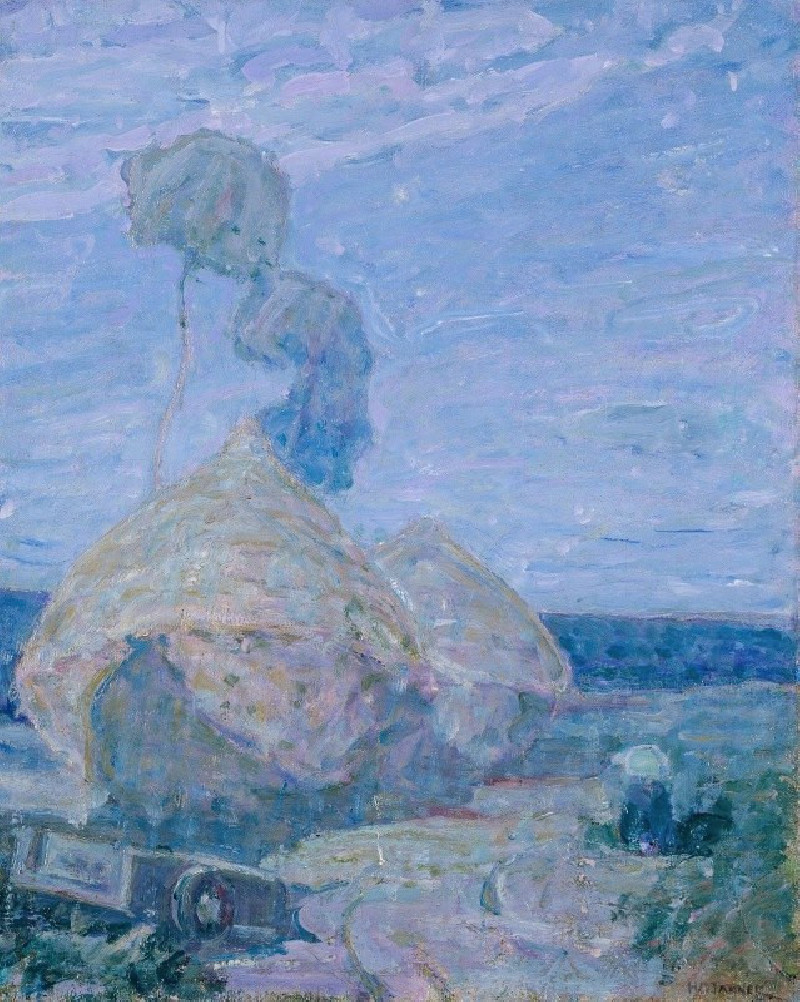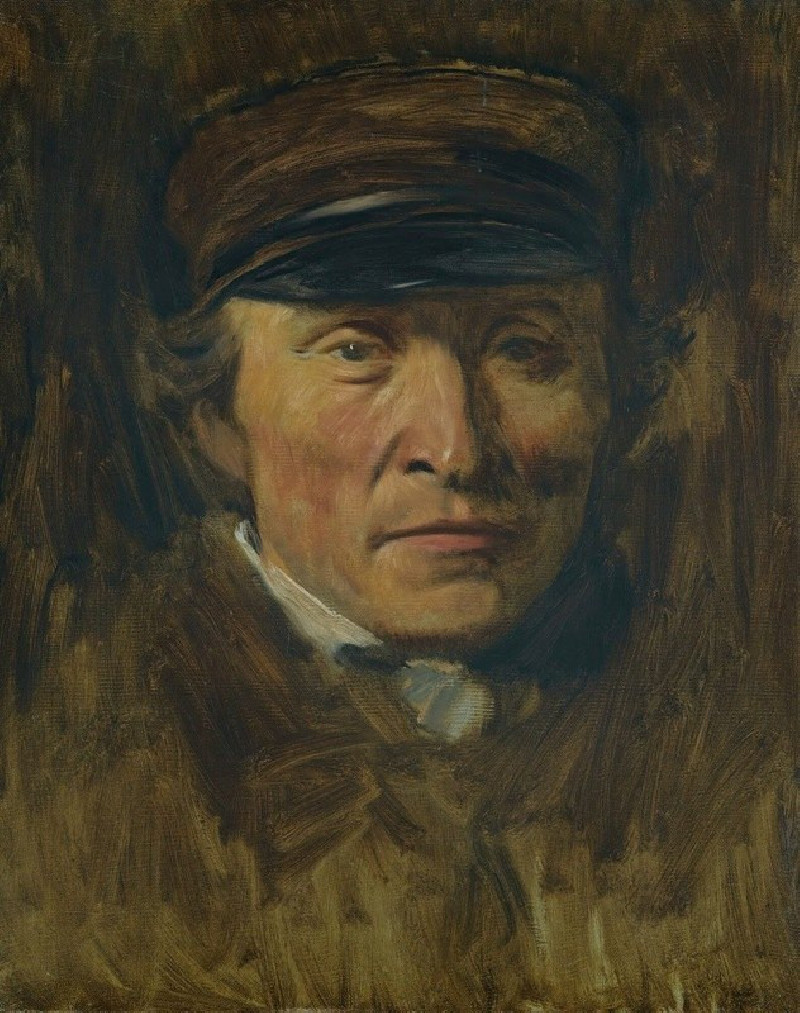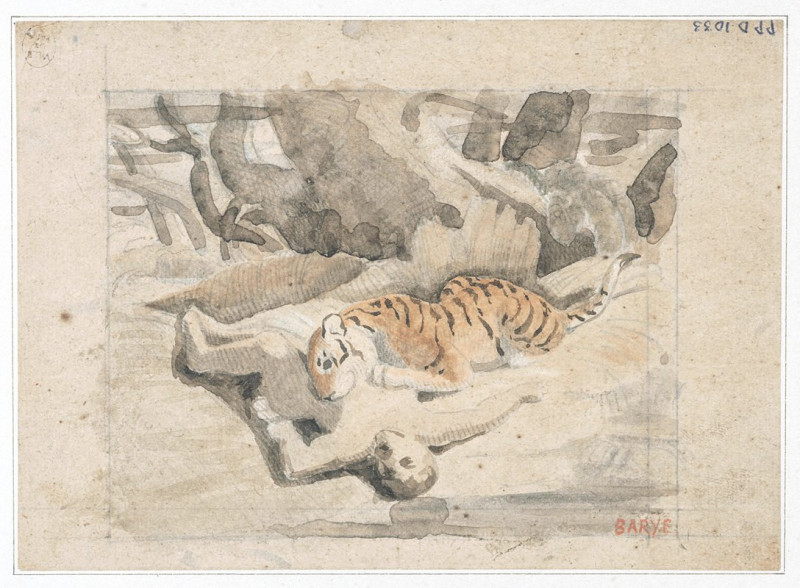Pr. L. Orase portree (1931)
Technique: Giclée quality print
Recommended by our customers
More about this artwork
"Pr. L. Orase portree" (1931) by Nikolai Triik captures a compelling and evocative portrait of a woman, presenting a nuanced exploration of character and emotion through visual art. In this work, Triik uses soft yet deliberate pastel tones to create an intimate portrayal that seems almost to beckon the viewer into the subject’s inner world. The woman depicted in the painting looks forward with a gaze that is at once direct and introspective, hinting at a deep reservoir of thought and feeling behind her eyes.The use of light and shadow in the coloring of her hair and the subtle details of her facial expression work together to convey a sense of both vitality and contemplative quietude. This portrait not only showcases Triik's mastery of form and color but also exemplifies his ability to convey complex human emotions and psychological depth through the simplicity of a single image. The artistry rendered in "Pr. L.
Delivery
Returns
Nikolai Voldemar Triik was an Estonian Modernist painter, graphic artist, printmaker and professor. His work displays elements of Symbolism and Expressionism.
He came from a middle-class family. After graduating from the public schools in 1901, he enrolled at the Saint Petersburg Art and Industry Academy, but was expelled for participating in a student strike during the 1905 Revolution.

